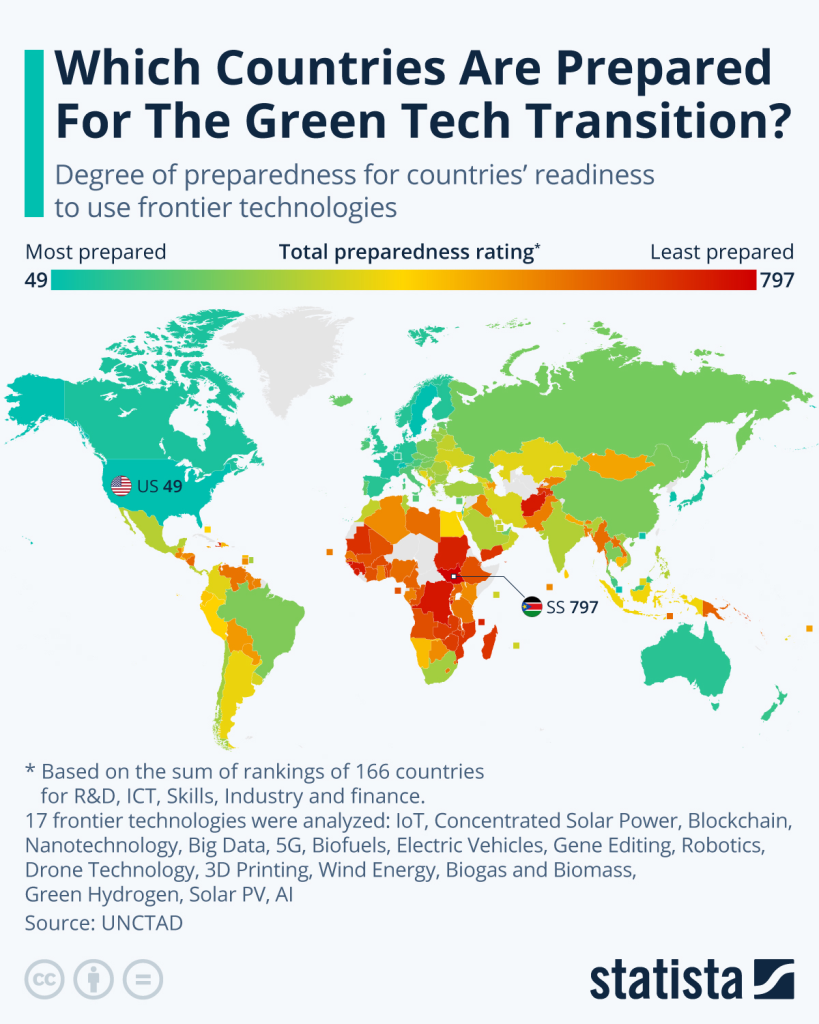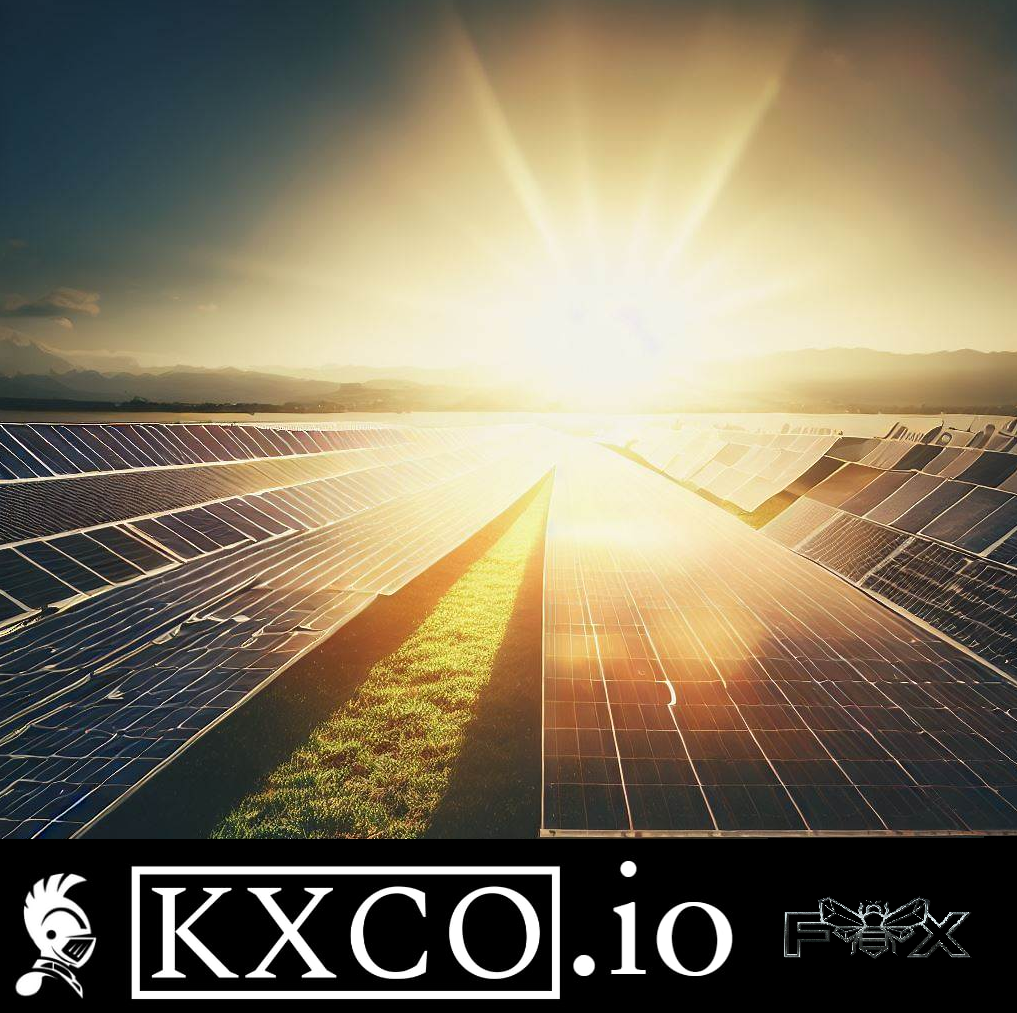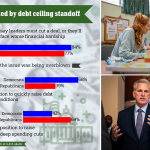KXCO Green financing is the provision of finance to projects that promote sustainability and reduce negative environmental impacts. It can include various financial products designed to fund environmentally sustainable projects and businesses.
KXCO can provide structuring, listing and distribution in the world’s traditional and digital markets. Here are some of the different types of green financing KXCO can assist with:
- Green Bonds: Green bonds are fixed-income securities that are specifically designed to finance environmentally sustainable projects. The proceeds from green bonds are exclusively used to fund projects that promote sustainability, such as renewable energy, energy efficiency, and sustainable infrastructure projects.
- Green Loans: Green loans are similar to traditional loans, but they are used to fund projects that have a positive environmental impact. The loan proceeds are used to finance projects that promote sustainability, such as energy-efficient buildings, renewable energy projects, and sustainable transport infrastructure.

- Green Equity: Green equity refers to investments made in companies that promote sustainability and have a positive environmental impact. Green equity investments can be made in companies that are involved in renewable energy, energy efficiency, sustainable transport, and other sustainable industries.
- Green Funds: Green funds are investment funds that focus on environmentally sustainable projects. These funds invest in companies that promote sustainability, such as renewable energy companies, energy-efficient building developers, and sustainable infrastructure projects.
- Green Project Finance: Green project finance involves the financing of specific environmentally sustainable projects. This type of financing is typically used for large-scale projects, such as renewable energy projects, sustainable transport infrastructure, and sustainable buildings.
- Carbon Credits: Carbon credits are a type of financial instrument that represents a reduction in carbon emissions. They are typically issued to companies that reduce their carbon footprint, and they can be sold on the carbon market. Carbon credits are used to fund sustainable projects and promote sustainability.
KXCO Green financing is an essential tool in promoting sustainability and achieving the transition to a low-carbon economy. The different types of green financing provide a range of options for investors and organizations to finance environmentally sustainable projects and businesses. By providing finance to sustainable projects, green financing helps to mitigate the negative environmental impacts of economic activity and promote sustainable economic development.
The Imperative of Sustainable Development: Securing Our Future
Introduction: Sustainable development, an essential concept in today’s world, refers to meeting the needs of the present without compromising the ability of future generations to meet their own needs. It recognizes the interdependence of social, economic, and environmental aspects and advocates for a balanced approach that safeguards resources for future prosperity. The importance of sustainable development cannot be overstated, as it offers a pathway to address pressing global challenges, ensure long-term well-being, and preserve our planet for generations to come.
- Environmental Stewardship: Sustainable development places environmental stewardship at its core. By embracing sustainable practices, we can mitigate climate change, protect biodiversity, conserve natural resources, and minimize pollution. Preserving our ecosystems is crucial for maintaining a habitable planet and securing a sustainable future for all life forms.
- Social Equity and Inclusive Growth: Sustainable development emphasizes the importance of social equity and inclusive growth. It recognizes that progress should benefit everyone, leaving no one behind. By promoting fair and equitable access to education, healthcare, and basic amenities, sustainable development fosters social cohesion, reduces poverty, and ensures a higher quality of life for all members of society.
- Economic Resilience: Sustainable development seeks to build economic systems that are resilient, inclusive, and environmentally responsible. By promoting sustainable business practices, we can create green jobs, encourage innovation, and stimulate economic growth while minimizing negative impacts on the environment. Embracing sustainability not only enhances the competitiveness of businesses but also fosters long-term economic stability and prosperity.
- Resource Efficiency: Sustainable development emphasizes resource efficiency to ensure the responsible use of finite resources. By adopting renewable energy sources, promoting energy efficiency, and embracing circular economy principles, we can minimize waste generation, reduce reliance on fossil fuels, and optimize resource allocation. Such measures enhance resource security, reduce environmental degradation, and pave the way for a sustainable future.
- Climate Change Mitigation and Adaptation: Sustainable development is closely linked to climate change mitigation and adaptation efforts. By transitioning to low-carbon economies, promoting renewable energy, and implementing resilient infrastructure, we can combat climate change’s adverse effects. Sustainable practices enable us to reduce greenhouse gas emissions, enhance climate resilience, and protect vulnerable communities from the impacts of a changing climate.
Conclusion: The importance of sustainable development in our modern world cannot be underestimated. It offers a holistic approach that addresses environmental, social, and economic challenges, ensuring a balanced and prosperous future. By embracing sustainable practices, we can protect our planet, promote social equity, and build resilient economies. Governments, businesses, and individuals must collaborate and take concrete actions to integrate sustainability principles into decision-making processes and daily activities. Together, we can create a sustainable world that secures the well-being of both present and future generations.
The Rise and Growth of Green Financing: Paving the Way to a Sustainable Future
Introduction: In recent years, green financing has emerged as a powerful tool to address environmental challenges and support sustainable development. With the urgency to combat climate change and promote environmental stewardship, green financing offers a pathway for investors, businesses, and governments to channel funds towards projects that deliver positive environmental outcomes. This article explores the remarkable growth of green financing, its significance in accelerating the transition to a sustainable economy, and the opportunities it presents for a greener future.
- Defining Green Financing: Green financing, also known as sustainable finance, refers to financial products and services designed to support environmentally friendly projects and initiatives. It encompasses a range of instruments such as green bonds, green loans, sustainability-linked loans, and green investment funds. The core objective of green financing is to direct capital towards activities that promote climate resilience, renewable energy, energy efficiency, sustainable agriculture, waste management, and other environmentally beneficial projects.
- Impressive Growth Trajectory: The growth of green financing has been remarkable in recent years. According to various reports, the global green bond market alone witnessed exponential growth, reaching record issuance volumes. In 2020, green bonds worth over $300 billion were issued, demonstrating a significant increase from just a few billion dollars a decade ago. This surge in green financing indicates the growing awareness and commitment towards sustainable development.
- Catalyst for Sustainable Investments: Green financing serves as a catalyst for sustainable investments by mobilizing capital towards environmentally friendly projects. It provides a clear framework for assessing and verifying the environmental credentials of projects, enabling investors to make informed decisions. By creating a dedicated market for green financial instruments, it unlocks new funding opportunities for renewable energy projects, climate resilience initiatives, sustainable infrastructure, and other ventures that contribute to the transition to a low-carbon and sustainable future.
- Mainstreaming Sustainable Practices: The growth of green financing goes hand in hand with the mainstreaming of sustainable practices across various sectors. Companies and organizations are increasingly adopting sustainability frameworks and incorporating environmental considerations into their strategies. The availability of green financing options encourages businesses to embrace sustainable practices, as it not only attracts capital but also enhances their reputation, reduces risk, and drives innovation. This shift towards sustainable practices benefits the economy, society, and the environment in the long run.
- Policy Support and Collaboration: The growth of green financing is bolstered by supportive policies and collaborative efforts. Governments worldwide are implementing regulatory frameworks and providing incentives to promote sustainable finance, such as tax breaks, subsidies, and green investment funds. Financial institutions, including banks and asset managers, are aligning their strategies with sustainable development goals and integrating environmental, social, and governance (ESG) considerations into their decision-making processes. Collaboration among stakeholders, including investors, governments, businesses, and civil society, is crucial to further accelerate the growth of green financing and maximize its impact.
The growth of green financing signals a fundamental shift in the way we allocate capital, highlighting the increasing importance of sustainability in financial decision-making. It offers a powerful mechanism to mobilize funds towards environmentally beneficial projects and initiatives, propelling the transition to a low-carbon and sustainable future. As green financing continues to gain momentum, it is essential for stakeholders to maintain transparency, uphold high standards, and ensure the effective utilization of funds for genuine sustainability outcomes. By embracing green financing and integrating environmental considerations into financial practices, we can foster a more resilient, inclusive, and sustainable global economy for generations to come.
Buy FBX









